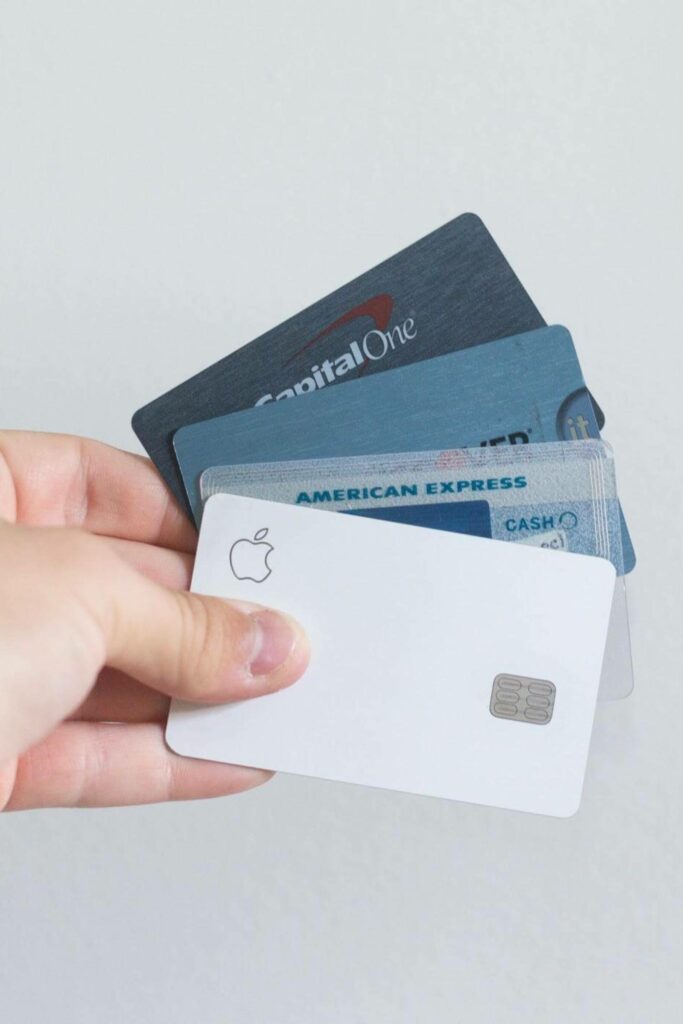As you may have seen, last month was Grocery Month here at Atypical Finance. It was a lot of fun researching ways to save money on groceries both from a conventional standpoint as well as some interesting, not so normal options.
One of the things I didn’t cover but could potentially save you a ton of money on food in general is something that is widely taught in health circles but not so much in financial circles.
Portion control.
I’m sure most of you know what portion control is when it comes with food. I’ll cover it here briefly just in case.
Portion control is the practice of controlling the amount of food you eat, or your portions of food. It works wonders for controlling the amount of calories you take in as well as controlling your hunger. While I am far from a fitness expert, it doesn’t take one to see what the financial benefits of portion control are.
Here are three ways that keeping yourself healthy using portion control will also keep you financially healthy as well.
Eating Smaller Portions Saves On Groceries
So this may go without saying, but when you eat less you won’t have to buy as many groceries. 😉 In addition to using the tips I laid out last month, imagine going to the grocery store knowing what portion sizes you or your family generally eat for some of your favorite meals.
For example, we made some zucchini pasta last week for the first time. It is much healthier, much lower carb count than traditional pasta, and the difference was hardly noticeable. However, since it was the first time, we only got three medium sized zucchinis to turn into pasta. While it definitely fed my family of 4, we probably could have used one more zucchini based off portion sizes. Now when I go to the grocery store after planning some zucchini pasta meals, I know exactly how many I have to get to make sure that we have enough food.
This can also work the opposite way. After determining your position sizes for a particular meal, if you have leftovers for days after, you know you can cut back on buying the ingredients for that meal.
Speaking of leftovers…
Eating Smaller Portions Allows for Leftovers
If you do decide to make a big meal, controlling your portions guarantees that you are going to have some leftovers so you can save money on lunches or quick dinners. Not only does this cut back on the additional groceries you have to purchase, but it also helps when going out to eat as well.
We went out to eat as a family a couple of Sundays ago to Boston’s. They have AMAZING pasta and pizza dishes. When my wife ordered, she asked the waitress to box up half of her meal right off the bat. This made sure she was eating only the amount of calories she wanted to, and also provided her lunch for work the next day. That’s a lunch meal we didn’t have to user our groceries for, all thanks to the power of portion control.
Eating Smaller Portions Saves Money on Dining Out
If you’re satisfied eating what you prepare for lunch or just at home meals, then another way that eating smaller portions will save you money is in your dining out budget.
Restaurants tend to give you way too much food on the plate. However, many restaurants now have specific sections of their menus for people who are calorie conscious or trying to watch what kind of food they eat. These menu items tend to be smaller in portion size and in price.
Another option at restaurants would be to just get an appetizer or a bowl of soup. Sometimes when we go out to eat at Panera Bread, a bowl of soup for around $5 is just what the financial health doctor ordered rather than getting a cup of soup and half sandwich for around $9.
There are also times when my wife and I go out to eat and only get 2 or 3 appetizers from the menu rather than two big meals. This cuts down on the cost and allows us to not eat so much (and there are some delicious appetizers out there!).
Conclusion
As of 2011 and 2012, more than two-thirds of Americans (adults and children) were either overweight or obese. More recent data released in September 2015 showed the results of a study measuring adult obesity on a State by State basis. This data showed that ALL states have an adult population where more than 20% are obese. This is not a small problem.
If those numbers don’t motivate you to either get or stay healthy (they sure motivate me!), then I encourage you to look at the financial upside as well. Getting healthy by not eating so much can be a win win for both your health and your finances.
It will also be healthier for your kids as well. It can teach them moderation with food which in-turn will be good habit forming for moderation in finances as well.
What are some other ways that using portion control can help out your finances? Comment below!


















